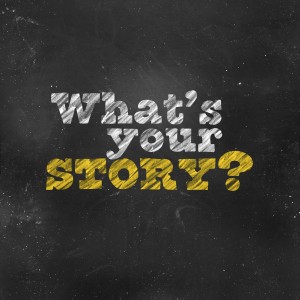RYAN MCCONNELL on 18 June, 2014 at 04:06
Storytelling is the topic of the times in the advertising and marketing industry, and for good reason. There’s extensive research that suggests humans are hardwired to organize our lives in narrative terms and are uniquely predisposed to messages in story form.
But the power of story doesn’t just apply to 30-second spots, social media posts and your target consumers; it’s just as critical, perhaps even more so, to deploy it effectively when your medium is Powerpoint, your audience is your clients or co-workers and your purpose is research. The Futures Company recently addressed this subject in a webinar for our Yankelovich MONITOR clients. In doing the research for it – which included numerous interviews with our current and former clients in advertising agencies and Fortune 500 companies – we found that three issues got in the way of good storytelling.
- Data is our frenemy: Every story needs a hero and an enemy, right? Well, in the story of engaging our internal audiences with our insights, the clear antagonist is the use – usually the overuse – of data. While we can and should continue to rely on fact-based insights, data presented without context is just a data dump. There’s no quicker way to get your audience checking their iPhones.
- The foundation is faulty: Since stories are interwoven with our experience as humans, we tend to believe that developing them is a wholly intuitive, natural process. It’s not. We found in our research that most consumer insights professionals were largely unfamiliar with the basics of storytelling structure. While storytelling is more art than science, it has an underlying structure that is as timeless as it is effective, and that structure can be learnt.
- We’re all brain, no heart: The secret weapon of all storytelling, which sets it apart from other forms of conveying information is dead simple: It engages the audiences’ hearts as well as their minds. This often poses a problem for business people who are trained to be ultra-rational in the workplace.
So, how to tell better stories? Our three top tips:
- Stories are for an audience. You need to think about who they are and why they’ve come to spend time listening to you.
- A good story has one big idea at its heart. You should be able to write the one sentence that contains the whole idea.
- Metaphors and images (but not stock images) bring the idea to life. As Daniel Pink writes, “If a picture is worth a thousand words, a metaphor is worth a thousand pictures.”
